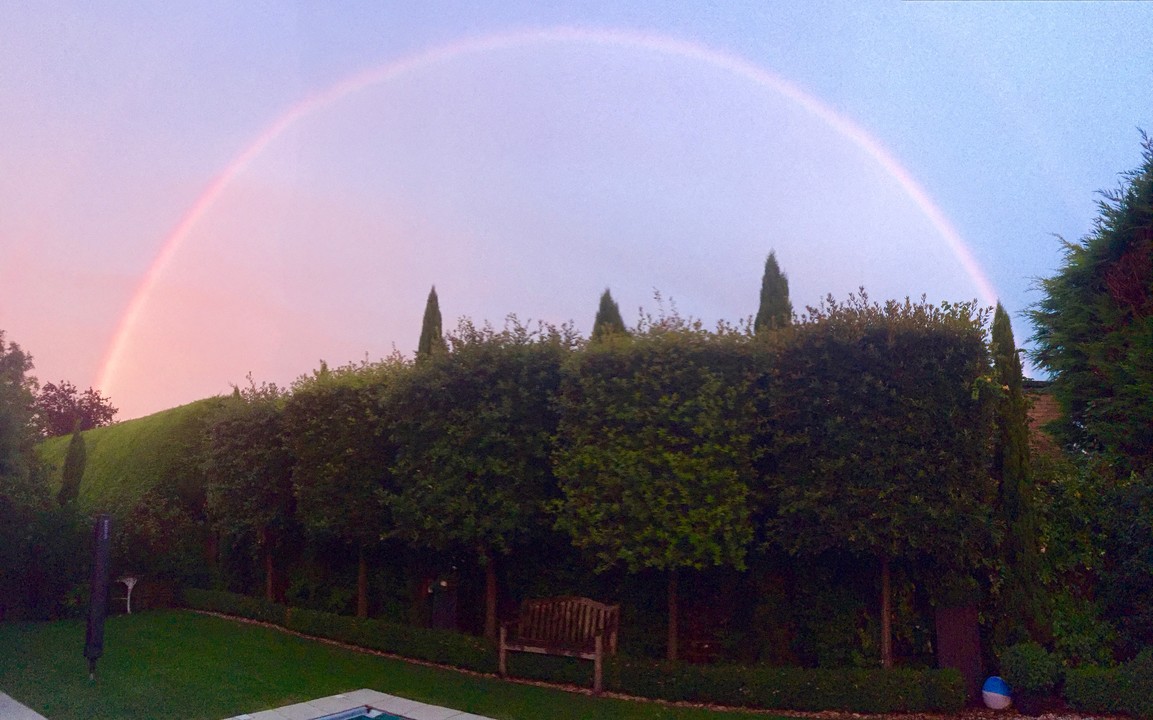
First things are fateful.
A couple of decades ago I was planning a conference with a group of colleagues.
We expected about 150 people.
But we started differently and that created a whole chain of events that led to a conference format unlike any of the others I had become well known for developing during the 1990s. A format still used today.
What was the first step? The letter (an innovation with email actually) inviting participants to apply was different to a typical one. Firstly it asked people to come only if they were really enthusiastic and also ready to share their interest and energy. To 'give' as well as 'get'. To help create further excitement with others.
Secondly, in those days before social media, those who received the letter were asked to pass it on to others who might be interested, whatever their role.
Thirdly, as the ‘price’ of entry those registering were asked to note their offers and requests on a registration form: they had to clearly state what they wanted to get (learn) and give (as ideas to share in the coffee queue or a table top discussion or a poster presentation).
The result? Over 650 applied. We had bust the capacity for the venue, as usually configured. We hadn’t even sent one chasing up invite – against the norm for that sector at that time.
So, we then shifted gear to discovering a way to make it work, and came up with a format I still call Exchange. We focused on answering one question: “What if we could redesign the traditional conference; taking out the boring bits and the need for everyone to sit together at the same time?”
The Exchange method evolved. It involved (and still involves):
a) A blend of more familiar conference formats: Open Space, trade fair and academic conference.
b) Creatively capturing of the meeting – with artists, video – so those not there (and no one can attend everything), can get a sense of the whole; get a feel for the proceedings.
c) Making use of music and media and movement to create the right mood –including humour.
d) Promoting responsibility for 'finding your way' and making the day. Promoting personal and good choices about what to go to, and how long to stay…so the meeting is self-organising within a clear framework and set of written rules and briefings.
e) Simplifying catering – going continuous, brown bag…
f) Using overflow spaces if necessary – a barn and a marquee in this first instance, linked by video.
g) And largely designing out plenary sessions (a couple of optional ‘magazine style’ fringe sessions in the round where most tend to come tother; gathered round, sit on the floor)
Subsequent innovations over the other Exchange events have added
1) Electronic systems to register, share ideas and pick and mix your own agenda.
2) Café sessions are a popular option – from world cafe to knowledge cafe.
3) TED style punchy presentations based on stories (in the days before TED; with soapbox sessions too before PechaKucha came along).
4) Innovation with voting methods, both digital and analogue.
5) Motivational inputs with actors and music as well as speaker.
6) Introductory and ‘Masterclass’ level training – plus learning sets and co-consultancy to promote collaborative communities.
7) Visits and ‘raids’ to near by businesses.
8) Use of the emerging streaming and cloud technologies and social media to link in colleagues and sites remotely. [These days the technology for this sort of process is getting easier (especially with hashtags and better bandwidth).]
9) Some recent planning conversations are considering how best to add in a simulation. Also, there is always fresh thinking about inlcuing some of the ideas from this and other online resources.
All of these developments and improvements arose from engagement with a classic design team. A 'max mix' group including colleagues from all levels and all functions, and including cynics. This group is the powerful beating heart of the approach, working through 12 crucial topics.
So reflecting back on hundreds of large events since the early 1990s, what is the key for success?
a) Inviting passion, questions and contribution from those coming.
b) A bespoke approach – 'cherry picking' the best and most useful of other tools and methods.
c) And crucially, a committed Design Team to imagine what might be and to challenge assumptions – iterating and developing the ideas as they go.
The overall lesson in the success of this story is the core group and the innovation that invented a new format. And at the heart of this innovation was being deeply curious about two things in the design group conversations:
First, how could we say yes to everyone and everyone's wishes. We did build it and they did come. We spent time imagining ways to host everyone and meet their needs. For example, we added an option that involved a trek outside for some – a 'walk and talk' that connected nature and conversation to the overall theme.
Secondly, how to make it a memorable (yet recognisable) meeting by copying and reusing proven elements from other formats. It was both fresh and familiar at the same time. Tried and trusted methods were combined in new ways.
So, the open and respectful exchange of ideas in the design process led to The Exchange.
Sign up for updates on our latest thinking via the Business Briefing